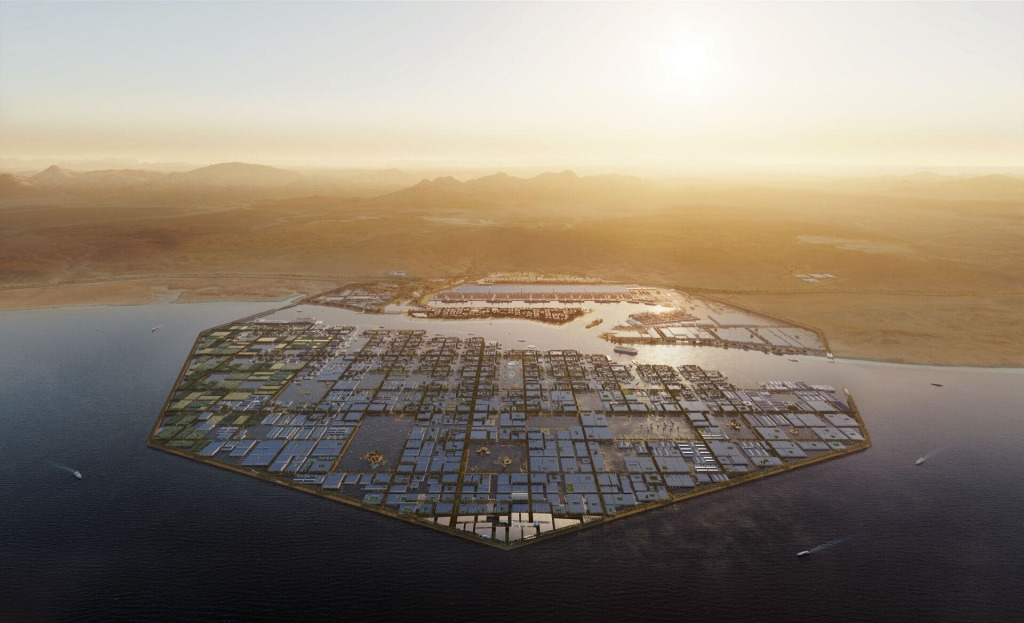Circular economy has attracted noteworthy attention in recent years as a potential solution to environmental challenges. It rests on the premise that reduction in waste and adoption of resource-efficient practices can create a sustainable economy. The noble goal of saving the planet notwithstanding, should not economists ponder if the circular economy can sustain if not increase business growth.
The circular economy is an economic model that aims to eliminate waste by keeping resources in use for as long as possible. It seeks to decouple economic growth from the consumption of finite resources through strategies of the recycle-reuse-repair-manufacture rhythm. By transitioning from a linear ‘take-make-waste’; model to a revolving one, the circular economy aims to slash the extraction of raw materials and minimize waste generation.
To evaluate the environmental impact of the circular economy, a life-cycle approach – from raw material extraction to disposal – is often used. With its focus on prolonging product lifespan and implementing strategies like recycling and remanufacturing, the circular economy aims to minimize resource consumption and waste generation. Let us consider the example of a smartphone as a real-world case study. In a circular economy, the smartphone would be designed for easy disassembly and repair, with components and materials that can be reused or recycled, hence reducing the demand for new raw materials, decreasing waste, and extending the lifespan of the product. We can significantly cut resource consumption and waste generation by implementing circular strategies. The paradigm is not complete without incorporating the right to repair and longevity of products, a stark contrast to the restrictive design and planned obsolescence norm.
Another significant environmental impact of the circular economy is its potential to mitigate climate change. By optimizing resource use, reducing energy consumption, and promoting renewable energy sources, the circular economy can afford a significant reduction in carbon emissions.
While the circular economy holds promise as a sustainable model, it is essential to recognize its limitations and potential conflicts with economic goals. One of the challenges is the trade-off between environmental benefits and economic growth. The circular economy may require significant upfront investments in infrastructure, research, and development. Balancing these investments with short-term economic goals can be a challenge. Rethinking how the existing capitalist economy functions and moulding that into a circular economy itself will have significant costs, even then it may not lead to a perfectly circular solution.
NEOM aims to implement circular economic models and resource recovery across all sectors. Its plans for wastewater management, including anaerobic sludge digestion, biogas capture, and nutrient recovery align with circular economy principles. However, building a massive new city on this scale presents challenges. The immense upfront costs require substantial public funding to break even, questioning if the circular systems can truly be self-sustaining long-term. The project’s viability will depend on technology advancements and demand matching the infrastructure investments. If successful, NEOM could demonstrate large-scale circular systems are possible. But commercializing entirely new approaches at this magnitude also carries significant risks. Only time will tell if NEOM delivers a replicable model for a circular, carbon-neutral economy.

Interestingly enough, the circular economy primarily focuses on material resources and waste reduction while not fully addressing other critical environmental challenges like biodiversity loss and pollution. While resource efficiency is crucial, a comprehensive approach to sustainability should also consider these broader environmental issues like carbon emissions.
Now the debate enters another equally interesting realm: Is circular economy truly a green economy? A circular economy holds promising potential to reduce environmental impacts and move societies toward more sustainable development models. By prioritizing waste reduction, resource efficiency and mitigating climate change through circular strategies, it demonstrates clear environmental benefits over the take-make-waste linear economy. However, some limitations must still be addressed to consider it a fully comprehensive green economy solution. While continuing to invest in circular infrastructure and initiatives, governments and businesses also need complementary policies to manage trade-offs with economic goals, and systems-level approaches incorporating biodiversity, pollution and other sustainability factors. The circular economy benchmarks require further progression and refinement to not only address our environmental challenges but also the growth of businesses and economies. A stagnant but frugal economic model won’t be able to meet the needs of a soaring global population. Shockingly, while humanity needed a fix yesterday, contemplation on circular economy to be fully green, vibrant and profitable has yet to deliver viable pathways for adoption. But when developed and implemented strategically alongside multidimensional sustainability plans, it shows strong potential to serve as a foundation for building greener economies of the future.
Photo by UNDP

Leave a comment